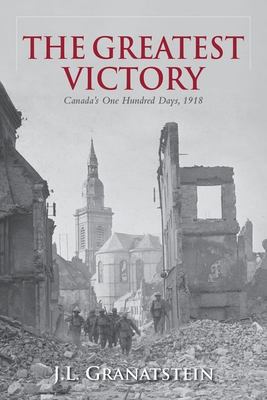
Book
|
The greatest victory : Canada's one hundred days, 1918
Copies
1 Total copies, 1 Copies are in,
0 Copies are out.
Title
The greatest victory : Canada's one hundred days, 1918
Call No
cci1icc
Authors
Subjects
Language
English
Published
Don Mills, Ontario : Oxford University Press, [2014]
Publication Desc
xiv, 216 pages : illustrations, maps ;
ISBN
9780199009312
LCCN
2014498000
Target Audience
Unknown or not specified
Dimensions
24 cm









